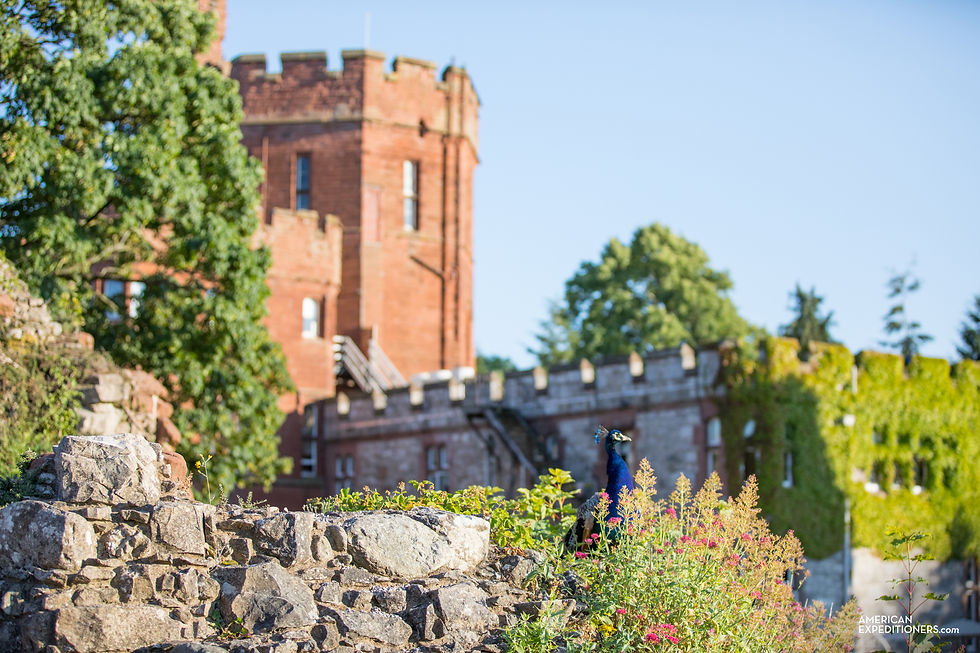Clovelly, a Not-So-Typical, Quaint English Village
- J R
- Jul 3, 2018
- 2 min read
A cobbled street, an ocean view, charming white-washed cottages dotted with colorful petunias and geraniums... the ingredients for a typically quaint English Village. Clovelly has all of that, yet it's not quite that typical.
The visitor center, in which a fee is required to enter the old fishing village, serves as a portal to another world.

The village of Clovelly has been in private ownership since the days of the first Queen Elizabeth. It has only been associated with 3 families, the most current having held the village since 1738. Perhaps this is why much of the original atmosphere has been preserved.
The cobbled street is too steep for vehicular traffic so villagers use makeshift, man-powered sledges (pictured to the right in the photo below) to haul their bags through the 'Up-a-long' or 'Down-a-long'.



This main street drops 400ft/122m in ½ mile/0.8km, winding through Clovelly's 16th century cottages down to the harbour.

Imagine having to haul groceries on a weekly basis. Donkeys used to be the main form of transportation for many centuries but their main purpose now is to give children rides during the summertime.



The small harbor and ancient stone breakwater is still in use today by fishermen although herring fishing is no longer the main industry, having declined in the mid-1800s. Tourism has taken its place as the main industry although strict measures are in place to prevent over-commercialization. For example, there aren't any vacation cottages down the main street and there are only 2 hotels: the 400 year-old New Inn, standing prominently in the heart of the village and the 18th century Red Lion on the quay (to the left in the picture below).



Well-fed fat kitties can be seen strolling the cobbled main street --that is in reference to the four-legged furry animal in the background, not the pair of two-legged ones in the foreground.




Things to note about the entrance fee: the fee does include parking, entrance to two museums and the Clovelly Court gardens, and an audiovisual guide to the village's history. Even if you don't make it to the gardens and museums, it is well worth it!




Comments